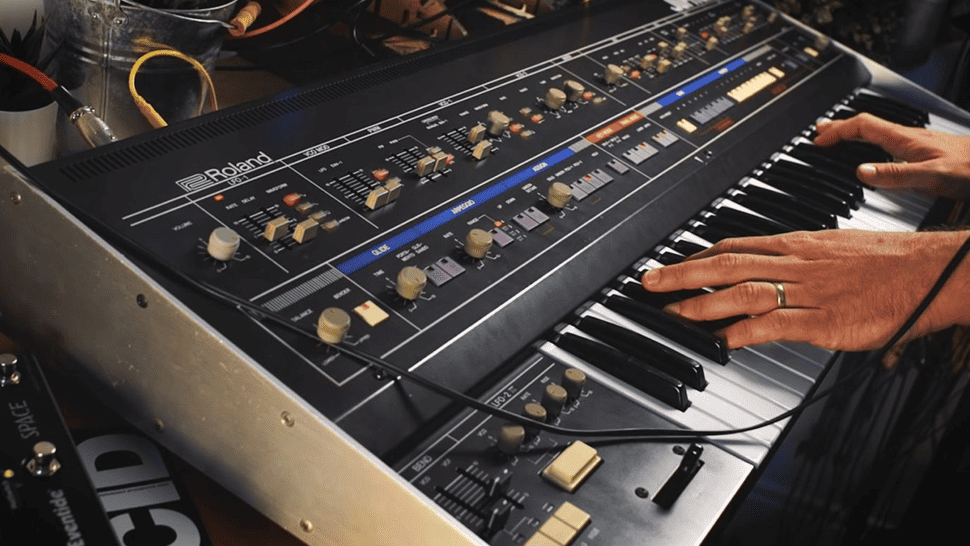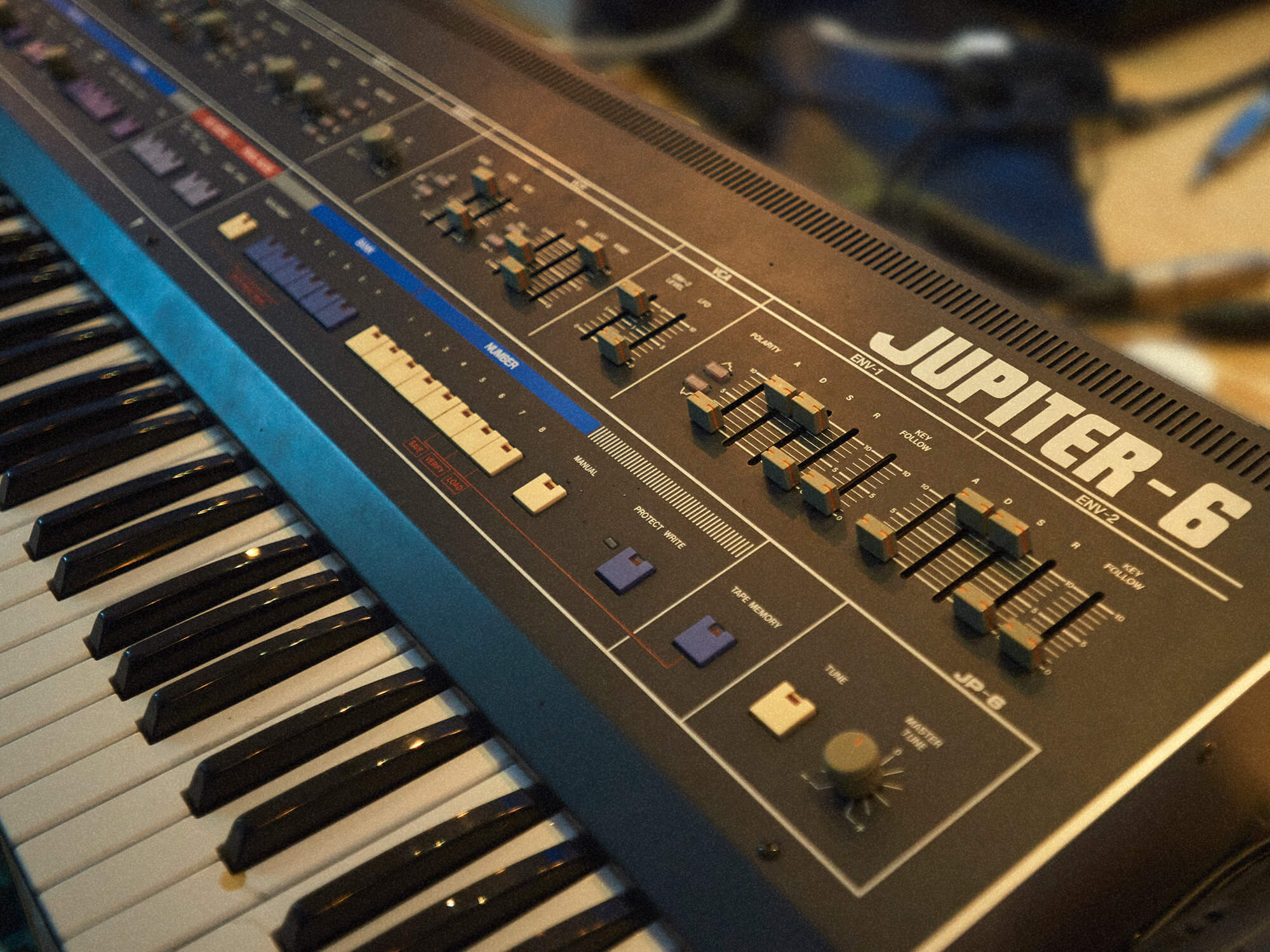Vintage synths are an essential part of the electronic music production process. From the mid-70s onwards, these instruments have shaped the sound of modern music. Here are some instruments that you must know if you’re a producer:
Minimoog Model D
The Minimoog Model D is arguably one of the most iconic instruments in the world. In fact, it’s so legendary that the Minimoog website is like a theme park of synthesizer stimulation. Moog is a company with a long history of innovation. Its main product is the Minimoog Model D, which has been used by countless producers and musicians since the mid-’60s.
Yamaha CS-80
The Yamaha CS-80 is one of the most renowned vintage synths. It was the first true polysynth, offering two independent eight-voice selections. Its ribbon controller on the front panel introduced polyphonic aftertouch, and it was one of the first keyboard synthesizers to feature velocity sensitivity.
ARP 2600
The ARP 2600 is a mono synth with two or three oscillators. They are combined by a filter and VCA and pass through a series of envelopes. They also feature reverb and end-of-chain panning.
It is a classic instrument that has influenced many producers. Its sound is reminiscent of a symphony orchestra. This instrument is a great choice for classically-trained musicians. Some notable uses of the ARP 2600 include jazz and classical music.
Sequential Circuits Prophet 5
The Prophet 5 synthesizer is one of the most influential instruments in modern music. The company was founded in 1974 by Dave Smith, who spent years developing the sequencers that would control synthesizers. These instruments required a lot of tweaking to get the desired sound, but Smith saw an opportunity in microprocessor technology and created the Prophet-5.
Oberheim SEM
The Oberheim SEM is an analog reverb sampler with 400 presets. With two and three oscillators, the SEM provides everything from a playful delay to a deep, lush reverb. The Oberheim SEM is one of the pioneering synths. While its sounds are more trance-focused, it’s also a versatile instrument for producers of electronic music.
Roland Juno 60
The Juno-60 is one of the vintage synths with six voices of polyphony and 56 patches in memory. It lacks MIDI controls, but it’s still a favorite for many producers. Its unique analog sound and external sequencer controller have kept it popular over the years. The Juno-60 is a powerful, versatile instrument that is perfect for creating massive music ideas.
Yamaha DX7
The DX7 is one of the most versatile instruments available, offering a huge variety of sounds. Unlike some other analog synthesizers, the DX7 does not require extensive knowledge of algorithms or complicated controls. You can play with its presets and quickly find a sound you like.
PPG Wave
The PPG Wave is also one of the vintage synths that every producer should learn how to use. The original model used a giant keyboard and processor unit to produce the sounds, but the new version uses a computer plug-in to replicate its sounds. This instrument is also known for its ultra-fast envelopes and analog filters.
Roland Jupiter 8
The Roland Jupiter-8 is an eight-voice polyphonic analog subtractive synthesizer that was first introduced to the public in 1981. Its unique features include two discrete VCOs, cross modulation, and pulse-width modulation. It also features variable waveforms, two-pole and four-pole filter options, and a grand arpeggiator. This instrument is great for any producer looking for a high-quality analog synthesizer.


